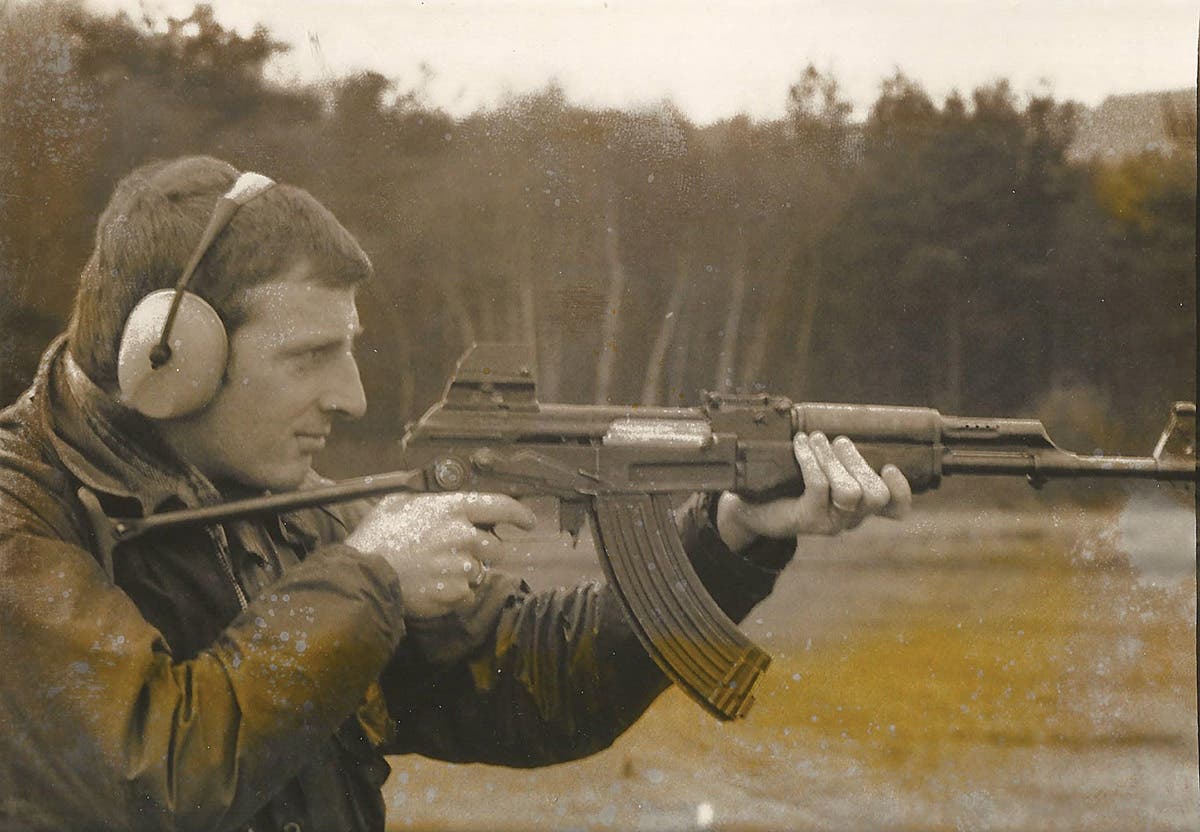The secret role of England’s Southwick House
If any of you dear readers should happen to find yourself in Portsmouth, UK, take the short trip to Southwick to enjoy a beer in the pub where “Ike” once drank.
The naval base of Portsmouth on the south coast of England has been vital to the defense of the country for centuries and has been used as a center of operations by the Royal Navy during that time, but especially so during both world wars. In the build-up for D-Day, Operation Overlord, the harbor and surrounding area was one of the major assembly points. Extending out from the base, some of the small, remote villages were used as staging areas for troops arriving and preparing for embarkation. One of these villages was Denmead, where senior officers such as Eisenhower and Montgomery had their tactical headquarters.
Another important location vital in the planning and conduct of the operation was established in the grounds surrounding Southwick House on the outskirts of the small village of the same name. The estate had been commandeered by the Royal Navy as a shore establishment and named “HMS Dryad”. It later became Eisenhower’s main location, designated as Supreme Headquarters Allied Expeditionary Force (SHAEF). Road traffic increased and the whole area was off limits to civilians as the date for D-Day grew ever closer.
Essential equipment was installed at Southwick House, including communications equipment. All evidence of this has long since been removed and the site is now the location of the Defence School of Policing and Guarding.
One item to escape being ripped out after the war, and still in place as a reminder of those hectic days, is the giant map of Normandy mounted on one wall. It is now almost 80 years, and looks as it did in June 1944. As a young boy in the Jersey branch of the Sea Cadets, my unit visited this historical site in the mid-1960s, probably no more than 20 years after the end of the war. Being so young, it did not have a big impact on. However, the memory remained with me, and since becoming a military historian and battlefield tour guide I have returned to see the map room many times, taking groups to visit this unique place. Looking at the map, knowing that it is something Eisenhower looked at along with Montgomery and other wartime leaders, is to experience history up close.
Today, the map has been returned to pre-operation settings and covers an entire wall in Southwick House just as it would have been on the eve of D-Day. The atmosphere is remarkable and the sense of being surrounded by such history puts visitors in the very heart of the operation and right where momentous decisions were made. The map extends from Cherbourg in the west to Fécamp in the east, focusing on the landing beaches before cutting off at the city of Caen. Red lines mark the routes from departure points along the south coast of England, including Portsmouth, which was crucial to the operation. Once the landings began this is where everything was recorded as events played out.
It’s hard to imagine all this was unfolding while just down the road, in the village of Southwick, the civilian residents in their homes were unaware of the drama. They would have known that something very important was happening within the grounds of Southwick House and probably even realized it was top secret. The village had two public pubs serving beer and other alcohol. One of these, the Golden Lion, became the “unofficial officers” mess” and was where Eisenhower would sometimes repair to enjoy a small glass. On occasion he was joined by Montgomery who, being a life-long teetotaller, sipped a glass of lemonade. There is a commemorative sign outside the pub to mark the historical significance of the establishment.
The village of Southwick is proud of its association with Operation Overlord and hosts an annual event called Southwick Revival to commemorate the fact. People dress in the style of the period for the occasion. Military vehicles such as jeeps and staff cars gather in the roads, and wartime busses offer public transport in 1940s style. These gatherings have an atmosphere more of V E Day, rather than D-Day, and the only thing better than seeing the sights is taking part in the event — something my wife, Elizabeth, and I have done a couple of times. After the festivities of the weekend, the village once again returns to its quiet way of life.
Some time ago, probably in 1994, to mark the 50th anniversary of D-Day, one of the ladies who worked in the Golden Lion as a young girl was contacted and invited to return to the pub for nostalgic reasons. She obliged and became the focus of attention by the national media. One question she was asked concerned the behavior of the officers she met at the time. She replied they were all perfect gentlemen, Eisenhower in particular. Memories like these are priceless and form a family’s history which is unique to them.
If any of you dear readers should happen to find yourself in Portsmouth, take the short trip to Southwick to enjoy a beer in the pub where “Ike” once drank.







